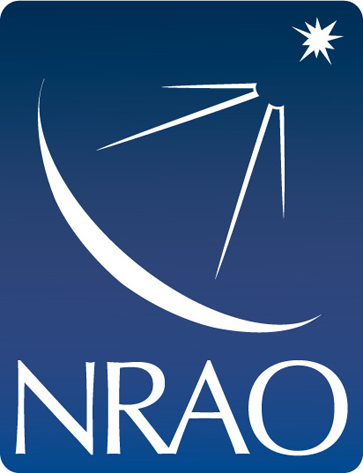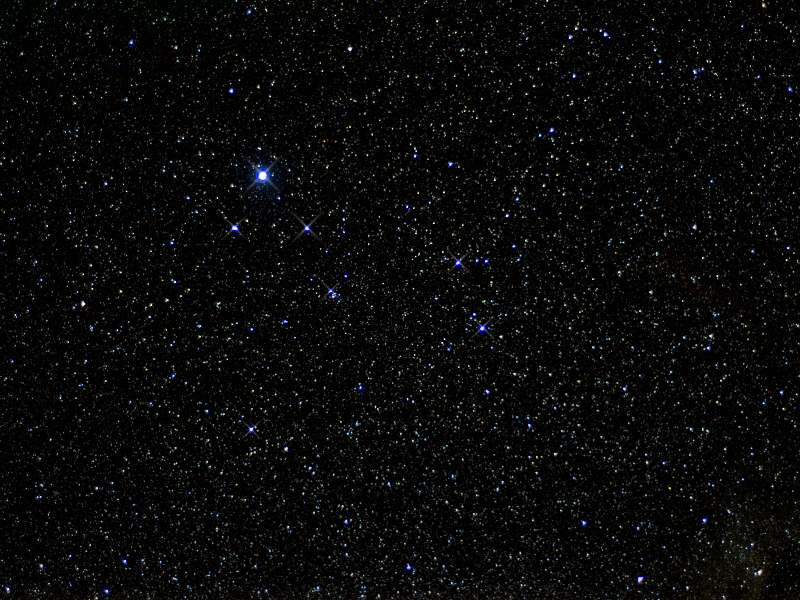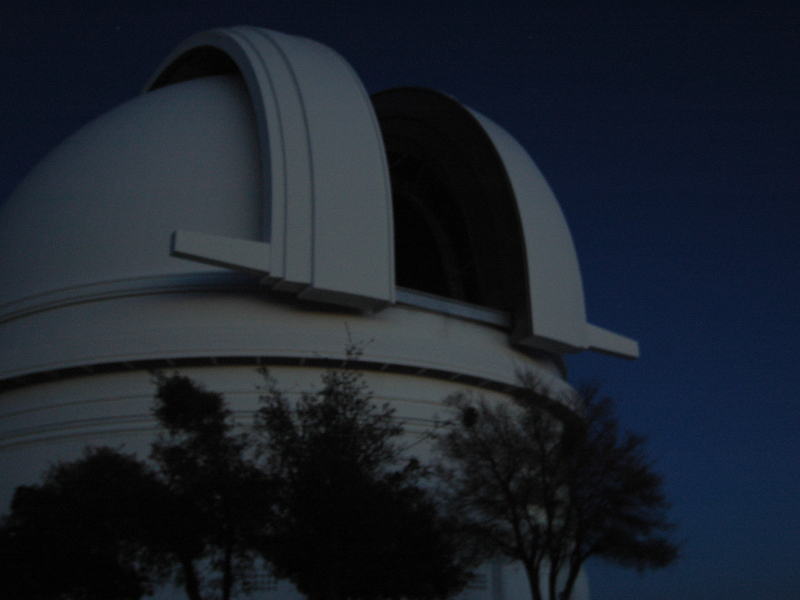
Exploring the Universe with Radio Telescopes
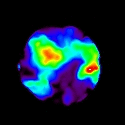 As Director of Science Communications at the National Radio Astronomy Observatory (NRAO), I bridge our observatory message with the scientific community. I study the dynamics of galaxies in the Universe by using a variety of telescopes. Telescopes past and present include the Very Large Array (pictured), the 305-m Arecibo Observatory, 100-m Green Bank Telescope, IRAM 30-meter, and Palomar Hale Telescope - these are used to study the properties and dynamics of galaxies across the Universe.
I am also interested in studying and working with 3D graphics. The animation at left is a 3D volume rendering of the local Universe velocity field based on data from the PSCz catalogs (Saunders et al. 2000 and Schmoldt et al. 1999).
My past and present work with the NRAO includes:
As Director of Science Communications at the National Radio Astronomy Observatory (NRAO), I bridge our observatory message with the scientific community. I study the dynamics of galaxies in the Universe by using a variety of telescopes. Telescopes past and present include the Very Large Array (pictured), the 305-m Arecibo Observatory, 100-m Green Bank Telescope, IRAM 30-meter, and Palomar Hale Telescope - these are used to study the properties and dynamics of galaxies across the Universe.
I am also interested in studying and working with 3D graphics. The animation at left is a 3D volume rendering of the local Universe velocity field based on data from the PSCz catalogs (Saunders et al. 2000 and Schmoldt et al. 1999).
My past and present work with the NRAO includes:
- Leading Science Communications for the Director's Office.
- Serving on both the ADASS Committee and VLA Sky Survey Science Group
- Author of books on (1) 3D Graphics and (2) Python and Single Board Computers.
- Previous work on archives, data processing pipelines, and student program initiatives.
- Studying galaxies in the nearby Universe.
I have given talks at the National Center for Supercomputing Applications (NCSA), Flatiron Institute (in NYC), and the American Astronomical Society (AAS) where I was a Harlow Shapley Visiting Lecturer. I earned my Ph.D. in Astronomy and Space Sciences from Cornell University. Visit my YouTube channel for some astronomy visualization videos.
Science Communication
Engaging with the Scientific Community
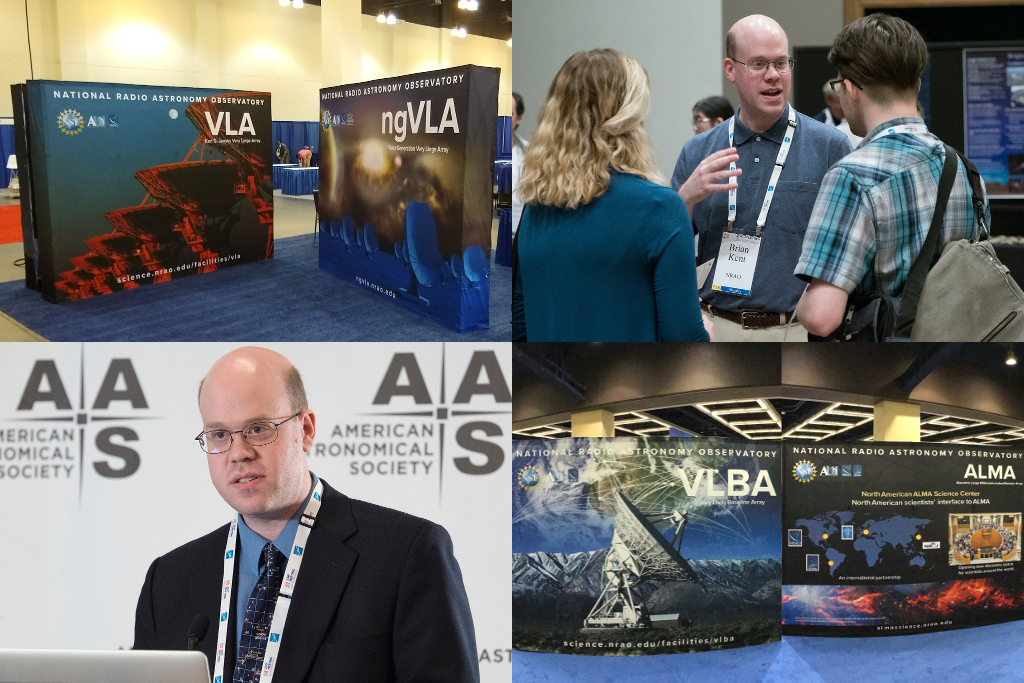
World class facilities around the world
NextGen Facilities. NextGen Astronomers.
The National Radio Astronomy Observatory exhibits at conferences around the world including:
- The American Astronomical Society and International Astronomical Union
- The American Association for the Advancement of Science and SuperComputing (SC)
- The SPIE and URSI
Our conference activities include talks and presentations from our students, Town Hall events to engage with the community, and splinter sessions focusing on special topics. The NRAO not only designs and operates astronomical facilities, but also trains students for careers in STEM fields.
Research
Astronomy, Visualization, and Data Science
Data Visualization
Rendering astronomical data with 3D graphics
Selected publications include
- My visualization book on Amazon, Morgan Claypool, or IOP Press!
- My book called "Science and Computing with Raspberry Pi" available on Amazon, Morgan and Claypool or IOP Press.
- Kent 2013: Paper on visualization published in the PASP
- Data cube display code
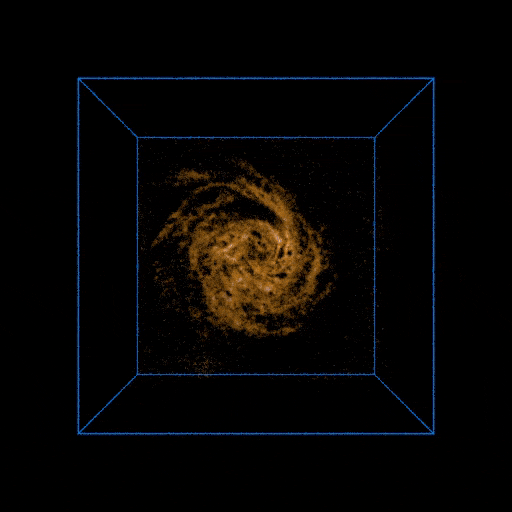
VLA Sky Survey
The VLA Sky Survey is a landmark project undertaken by the NRAO and astronomical community.
Radio sky surveys help us understand the population of AGN and radio galaxies in the Universe. The VLA Sky Survey (VLASS) began in September 2017 as a seven year project to observe the entire radio sky down to a declination of -40 degrees at 2 to 4 GHz in S-band (Lacy et al. 2020). Calibrated measurement sets and imaging data are available from the NRAO Data Archive with no proprietary period to the astronomical community. The VLASS pipeline-produced images have a per-epoch r.m.s. of 120 microJy/beam and archive size of 1 x 1 degree.
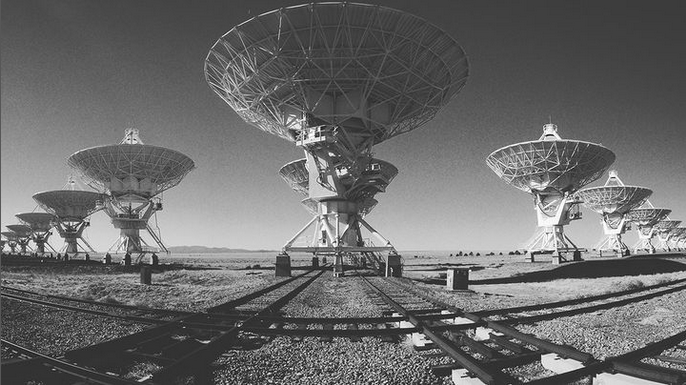
Machine Learning
Using VLASS, TensorFlow, and Keras
The NRAO VLA Sky Survey (VLASS) project is an ongoing all-sky survey at 3 GHz. The calibrated data projects and images are available to the astronomical community. The 2.5 arcsecond angular resolution provided by the project allows us to explore different galaxy morphologies from the large catalog of resolved objects. Keras used with TensorFlow gives us a high-level framework in Python to rapidly prototype deep learning applications. We demonstrate results from a simple neural network classifier using Keras and TensorFlow 2.0. Large all-sky surveys produce large volumes of science-ready data products, including calibrated data and imaging. Deep-learning and neural networks can be trained on these image collections. Using a modern machine learning framework like Keras on top of TensorFlow 2.0 allows us to rapidly prototype neural network cloud-based Jupyter notebooks. https://keras.io/
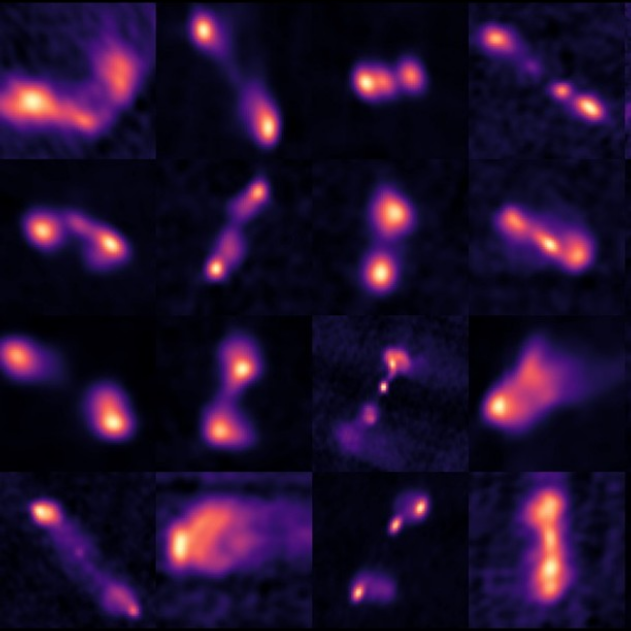
Nearby Galaxies
Galaxies in the nearby Universe
I use the data from the Arecibo Legacy Fast ALFA Survey to compute hydrogen masses for nearby galaxies. In particular, astronomers are interested in the density of galaxies per cubic megaparsec for a given HI mass range. How many low mass galaxies? How many high ones? This is used to construct an HI mass function. N-body simulations predict that large amounts of low-mass dark matter halos should inhabit the vincinities of large galaxies. One way of detecting these potentially low-surface brightness objects is through the examination of wide field survey data from Arecibo. Pinning down the low mass end of the HI mass function with better statistics is one goal of modern astrophysics, as it will allow us to compare observations with theoretical predictions.
I study galaxies at radio frequencies. Technological advancement and computing power have revolutionized astronomy to the point where we can study large numbers of galaxies and their associated properties. We are learning about a variety of different galaxies, their environments, distance, masses, and kinematics. My research with large radio surveys utilizes the 305-meter Arecibo radio telescope to survey large areas of sky and study the cold neutral hydrogen gas content of galaxies. I have used the Arecibo Legacy Fast ALFA survey to obtain data with a L-band multibeam receiver system.
I have used the GBT and currently the VLA for followup observations of different galaxies. The GBT is a fantastic instrument to use for studying galactocentric hydrogen surrounding our galaxy, commonly known as high-velocity clouds. Some HI detections may lie near our own Milky Way galaxy, while others may lie further out into the Local Group. The VLA is a hallmark of modern astronomy, as it allows for high resolution imaging of astronomical objects. I use the VLA to study the dynamics of tidal debris that have no optical counterparts.
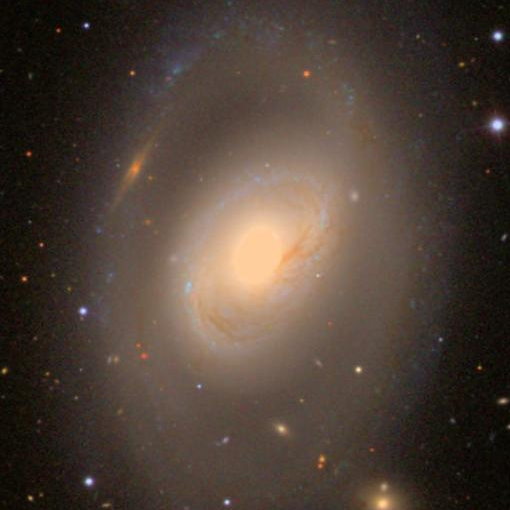
Virgo Cluster
A large nearby cluster of galaxies...
Selected Papers
- Clouds Toward the Virgo Cluster Periphery: Gas-rich Optically Inert Galaxies. Kent, B.R. 2010, ApJ,725, 2333.
- A Neutral Hydrogen Cloud Complex in the Virgo Cluster. Kent, B.R., et al. 2009, ApJ, 691, 1595.
- Second HI Source Catalog of the Virgo Cluster Region. Kent, B. R.,et al. 2008, AJ, 136, 713.
Most galaxies are found in groups. Large groups, more commonly referred to as clusters, are fascinating environments to study the evolution and interactions of galaxies. The Virgo cluster is the nearest large, rich cluster to our own Milky Way galaxy. With over 1000 members, Virgo is a prime target of many studies in modern astrophysics. My research is completing a survey of Virgo down to a HI mass of 2 x 107 solar masses. This survey comprises the largest number of HI detections for Virgo ever published. In addition to publishing a catalog of these observations, I am examining some of the more interesting detections with followup observations with the GBT and VLA, as well as optical spectroscopy with the 5-meter Palomar telescope.
Interesting detections abound in Virgo, as the cluster's outer periphery has not yet reached virial equilibrium. The cluster's massive potential and hot intracluster gas has the ability to tear gas from galaxies, through processes such as ram pressure stripping and galaxy harassment. Some of the detections I've examined might be tidal debris from such interactions.
Galaxies in groups and in cluster interact gravitationally with each other, and hydrodynamically with hot gas inbetween. These interactions, including those around NGC 4254, have been mapped with Arecibo. These long extended gas tails originating from the galaxy are likely due to interactions with the dominate potential well, provided by the 1014 solar masses of the Virgo Cluster.
HI debris left behind from these interactions is being found in the periphery of Virgo. I have mapped some of the isolated objects with the VLA. Other observations from Arecibo and the VLA with collaborators show similar types of "HI Clouds" on larger scales with larger velocity dispersions. These objects are not detected in large numbers as they are likely transient phenomena that disperse within the time it takes to cross the Virgo cluster.
Celestial Navigation
A topical interest of mine...
Using positions of the sun, moon, planets, or one of 57 navigational stars, celestial navigation allows for a navigator to determine a line of position and through multiple intercepts an approximate fix for latitude and longitude. It is a fascinating applied use of astronomy. Below are a number of useful links and tools for determining a line of position using the altitude-intercept method.

Gallery
Images of our Universe...
About
Dr. Brian R. Kent
 Dr. Brian R. Kent is the Director of Science Communications with the National Radio Astronomy Observatory in Charlottesville, Virginia and is a scientist at the NRAO. His publications and studies in astrophysics and computing include scientific visualizations of a variety of theoretical and observational phenomena. He is interested in visualizing data for scientific analysis as well as reaching an interested science audience with the stunning visuals that modern 3D graphics can provide. Dr. Kent received his Ph.D. in Astronomy and Space Sciences from Cornell University.
Dr. Brian R. Kent is the Director of Science Communications with the National Radio Astronomy Observatory in Charlottesville, Virginia and is a scientist at the NRAO. His publications and studies in astrophysics and computing include scientific visualizations of a variety of theoretical and observational phenomena. He is interested in visualizing data for scientific analysis as well as reaching an interested science audience with the stunning visuals that modern 3D graphics can provide. Dr. Kent received his Ph.D. in Astronomy and Space Sciences from Cornell University.
His website is: https://www.cv.nrao.edu/~bkent/
